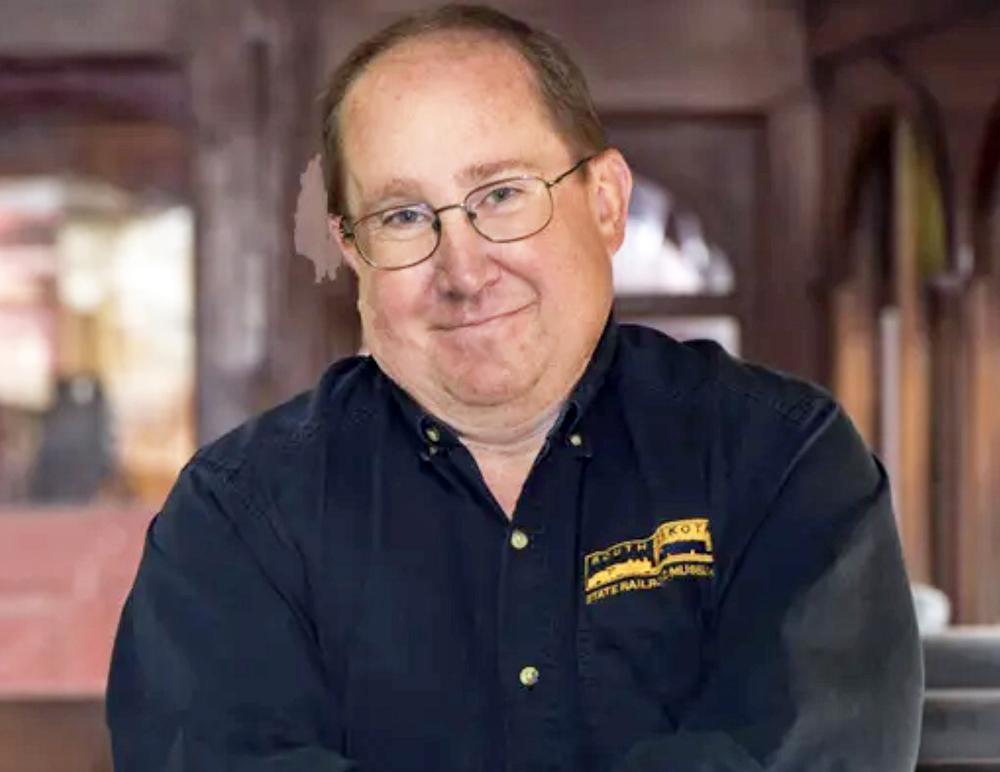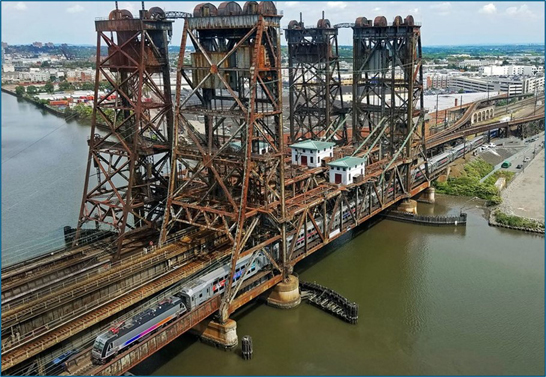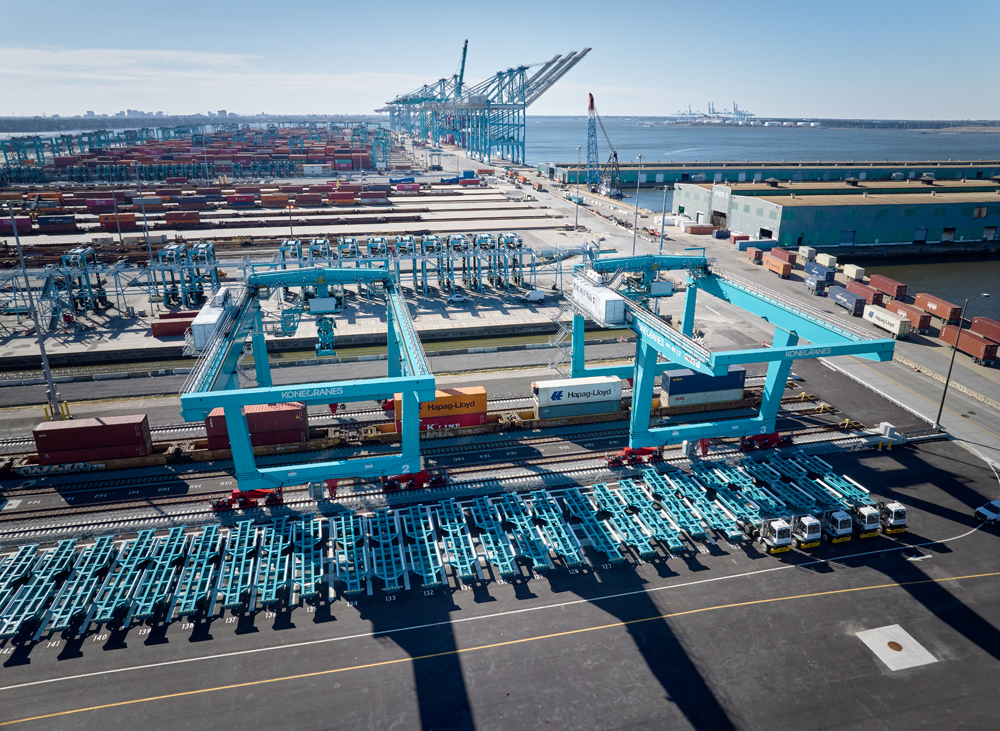“Without a large infusion of funding from the state of Illinois, we likely will have to shrink the Metra system to match our shrinking resources. If that happens, it will impact our communities and scores of others all across northeast Illinois,” said the op-ed, published Friday in the suburban Daily Herald.
The three directors include Rodney Craig, mayor of Hanover Park; Timothy Baldermann, mayor of New Lenox, and Don De Graff, mayor of South Holland. Their op-ed is part of a campaign by Metra to urge passengers and the public to press legislators in Illinois’ capital city, Springfield, to approve a state infrastructure bond program.
The mayors cited a recent white paper commissioned by Metra and prepared by the Rail Transportation and Engineering Center at the University of Illinois at Urbana-Champaign. This paper says the failure to spend $1 in preventive maintenance now can cost $4 in deferred maintenance later.
“Too often maintenance and renewal needs are deferred or reduced to make up for budget shortfalls because the consequences may be minimal in the short term, but this is a false economy,” the paper states. “Deferring maintenance and renewal has a negative spiraling attribute; the more things degrade, the more rapid the subsequent rate of degradation, so putting things off only makes the situation worse.”
The mayors cite Metra’s oft-repeated statement that the agency has the oldest fleet of locomotives and cars in the United States. Because of funding shortfalls, Metra says it is neither replacing nor rehabilitating the equipment on the recommended schedule, and the result is more mechanical breakdowns and more delays.
They also cite Metra data showing that more than half of its 800 bridges are older than 100 years, but that Metra can only afford to replace about three a year. The bridges are safe to use, but the cost to maintain them will only increase, the agency warns.
One of Metra’s “biggest points of vulnerability” is a complex of switches known as Tower A-2, where three Metra tracks cross four Union Pacific Railroad tracks near Western and Grand Avenues in Chicago. Every day more than 350 Metra trains from seven of its 11 lines pass over this complex.
“A major failure there would seriously impact service across all six counties in our service area,” the mayors wrote.
Metra says although the switches themselves have been updated recently, the machine that controls them dates from the 1930s. Metra has to maintain the machine with parts salvaged from other old machines or fabricated. The entire switching complex rests on a bridge over Western Avenue that was built in 1905 and requires constant maintenance and attention.
The ideal solution, the mayors say, is “an extremely expensive, and at this point unaffordable,” bridge carrying one set of tracks over the other.
“We describe these conditions not to scare the public, nor to imply that Metra is unsafe. We will never operate an unsafe railroad,” the mayors said. “Rather, we describe them as a call to action: we must start to significantly invest in the Metra system if we want it to continue — and grow to meet the region’s needs. The cost of not addressing our significant capital funding needs far exceeds the cost of addressing them now.”















Seven of Metra’s 11 lines pass through the Tower A-2 complex? I count 4: Milw West, Milw North, North Central, and UP West. What are the other 3?
Curtis, we heard a long while back already that there was talk of just making it a 7 or 8 track mainline from around Noble St out to Western with tons of crossovers between the mains to get everyone where they needed to go. But obviously that hasnt gone anywhere.
Another comment on A-2. It is likely that the current arrangement will not change, for the effort to fly the Milw. main over/under the old N’western confounds Western Ave. itself, one of the reasons for the original layout.
Back in the day, one could climb the steps into the tower and be welcomed to watch the action out the window and the fine old interlocking machine.
Steven, I see your point. I hadn’t thought of that. But if terminals can switch, so can coach yards.
Steven, I obviously haven’t done the math but running the scheme through my head, considering the number of trains (and the capacity of each terminal, I don’t see any way to eliminate crossing at A-2 (of trains in service and deadheads), just lessening it. You’re absolutely right, even under my proposal there will be some trains crossing over.
So Charles, as one who bangs across that diamond 4 times a day at present, just how do you suppose the UP trains going to and from the Kenosha and Harvard Subs, located nowhere near Western Ave but yet have to get their equipment to and from the coach yard at California Avenue, get to Union Station? Or are you suggesting that the Kenosha and Harvard trains stay at Ogilvie while trying to pack trains off the Milw North and West Lines (in addition to the NCS service) into Ogilvie as well, not to mention the amount of equipment moves in and out of Ogilvie if that were the case?
Curtis – We discussed A-2 a few days ago on this forum. Every time I ride there I can’t believe the train got through.
I’ve never been held or delayed there, not once. I’ve been through countless times on Amtrak, a few times on Metra Milw North, and a couple of round trips on Metra UP West. It amazes me. The Hiawatha probably has the best OT performance of Amtrak nationwide. But it comes at a cost.
To repeat our suggestion from the last discussion, swap Metra routes as between Ogilvie and Union Station so that there aren’t as many conflicting movements. Just because CNW and PRR Panhandle (host to MILW) built their routes a zillion years ago shouldn’t dictate which Metra route uses which terminal going forward. How many route modifications has Amtrak made in the various cities it serves? Many. Should hold for Metra also.
Tower A-2, mentioned above, has an interesting history, having to do with competition between the Milw. Rd. and the C&NW, the former coming up from grade to elevation and the latter already elevated, both being subject to the early 20th century push by Chicago to eliminate hundreds of grade crossings in the city. Pride goeth before the fall, and the Milw. was damned if it would cross under the Northwestern at Western Ave. However, the Milw. gained pride of place by running the tower interlocking and tower naming. Anyone who has had the opportunity to ride either line, to this day, can appreciate the dance moves.
First off, I feel terrible. While I live in Wisconsin, I do ride Metra from time to time. Everyone who reads these blogs knows the meaning of service reduction: an endless downward spiral that never solves economic problems but instead make the economic problems worse.
The capital needs of this country are staggering. I read the article on this web site about the new cars for New Jersey Transit. These are beautiful. These are great. These are functional. These are handicap accessible. These have many safety features. They have many features for rider info and rider comfort. But you know what? They cost a whole lot of money. And 20 to 40 years from now, they will cost a fortune to maintain and to ultimately replace. Not unlike the high-tech automobiles which save fuel and are safer, but much costlier to buy, to repair and ultimately replace.
It’s like Michigan’s newest freeway, I-696 Walter P. Reuther, the Oakland County segment. Unfortunately, Michigan’s newest freeway is now 30 years old and in need of attention (attention being a euphemism for major repairs). When built it had many features that older freeways didn’t have. The state spent tens of millions, or more likely hundreds of millions of dollars to meet the needs of the Detroit Zoo in Royal Oak and the Orthodox Jewish Community in Royal Oak Township. The result was a much more complicated structure. The Reuther Freeway cost a fortune to build and guess what 30 years later it’s costing a fortune to rebuild.
I don’t get to Michigan much but I have seen, ten or fifteen years ago, the condition of its freeway interchanges. Walter P. Chrysler and Davison in Highland Park, Walter P. Chrysler and Walter P. Reuther in Royal Oak, Walter P. Chrysler and Edsel B. Ford in Detroit. Each of these interchanges looked like a 50 to 100 million dollar repair bill just to keep it standing with no functional improvement.
Twenty years ago in New York, I rode an interchange in East Bronx where the Cross Bronx Expressway meets the Throgs Neck Expressway and the Bruckner Expressway. East Bronx, out of sight, out of mind. It looked like it needed a billion dollar rebuild. What does that say about the rest of the city and the state?